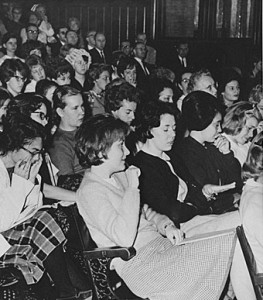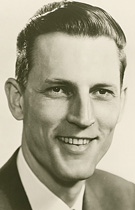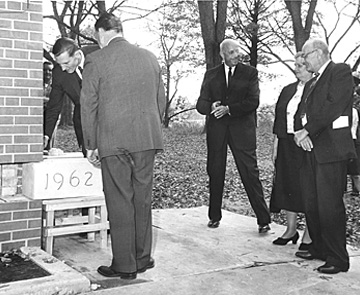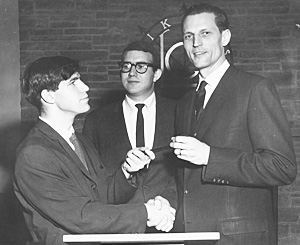October 22 is one of the most important dates in Lawrence’s history. Fifty-years ago today, an announcement was made 100 miles away in Milwaukee that helped transform Lawrence College into Lawrence University: Milwaukee-Downer, an all-women’s college would close its doors and consolidate with Lawrence.

In 1964, Downer’s 43-acre, east-side Milwaukee campus was sold to the University of Wisconsin-Milwaukee and 49 female students and 21 faculty members transferred to Lawrence. Forty-four of the original 49 Milwaukee-Downer students eventually earned bachelor’s degrees from Lawrence, and 11 of the faculty members remained at Lawrence until their retirement.
Lawrence archivist Erin Dix ’08, recounts the news of that surprising, and stunning, announcement on its 50th anniversary in today’s Archivist blog.
About Lawrence University
Founded in 1847, Lawrence University uniquely integrates a college of liberal arts and sciences with a nationally recognized conservatory of music, both devoted exclusively to undergraduate education. It was selected for inclusion in the Fiske Guide to Colleges 2014 and the book “Colleges That Change Lives: 40 Schools That Will Change the Way You Think About College.” Individualized learning, the development of multiple interests and community engagement are central to the Lawrence experience. Lawrence draws its 1,500 students from nearly every state and more than 50 countries.


